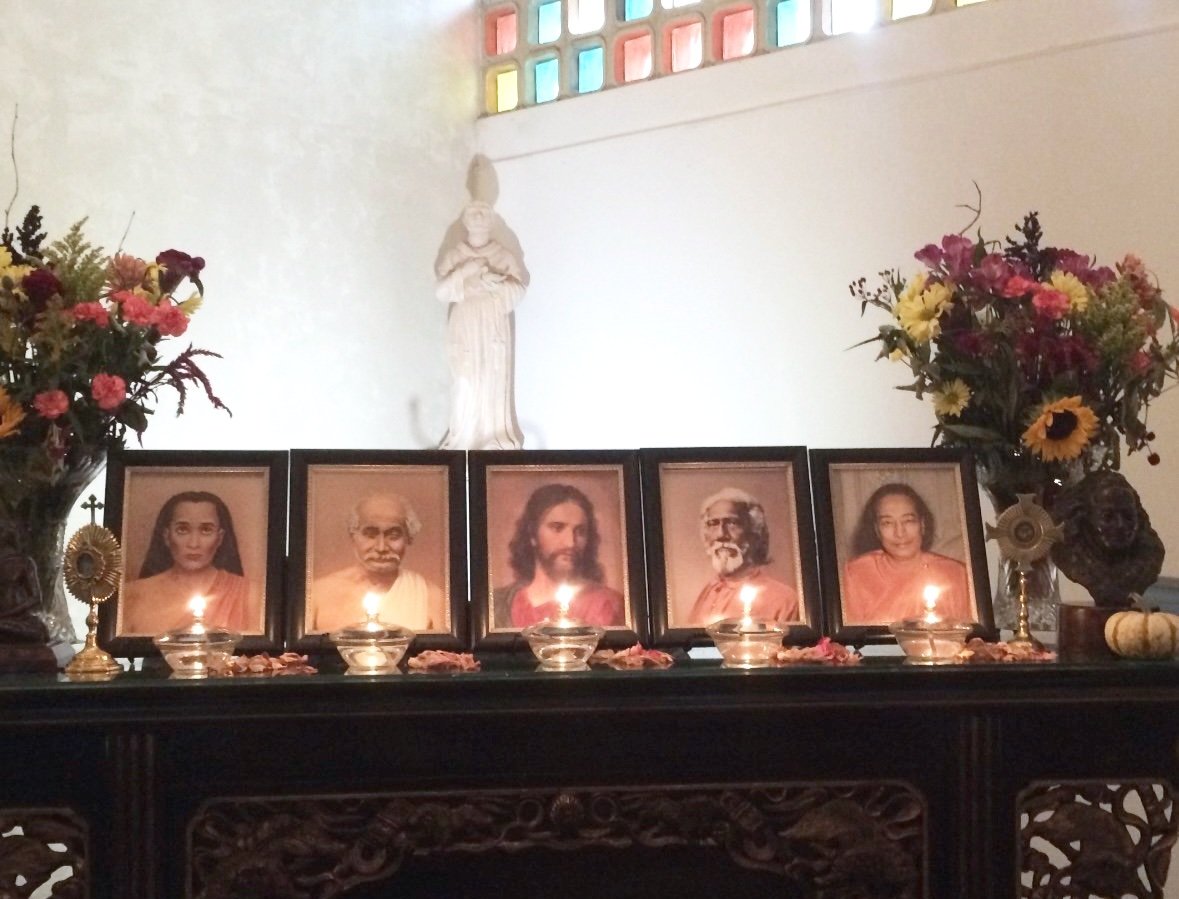
"God is love. His plan for creation can be rooted only in love. Every saint who has penetrated to the core of Reality has testified that a divine universal plan exists and that it is beautiful and full of joy."
Paramahansa Yogananda
About The Assisi Institute
Located in Rochester, New York, The Assisi Institute is a place of stillness, silence, and peace. Our mission is to support individuals who seek a deeper relationship with God.
We study and practice two spiritual traditions: Kriya Yoga, a yoga of breath and meditation, and Mystical Christianity. Kriya Yoga was brought to the United States in 1920 by the great Hindu guru and author of the classic Autobiography of a Yogi, Paramahansa Yogananda. Our Christian gurus include Jesus, St. Francis of Assisi, and others. All of our study and practice is compatible with any spiritual tradition, or no tradition. We take our name from St. Francis of Assisi, who lived a life of silence, community, service, and joy.
Merchant to Mystic
The Hero’s Journey of Francis of Assisi
Available now!
“To love St. Francis is easy. To walk in his shoes — or in his lack of shoes! — that is the challenge. A challenge Isha Das accepted bravely and mastered brilliantly. We get to re-live well-known, much loved moments in the saints life, and then follow the footsteps in the sand back into our everyday world, guided and inspired in unique, new ways.
It was through the blessing of St. Francis that I was drawn to my life path of Kriya Yoga. For decades I have kept company with this great lover of God, in my heart, and in the blessed city of Assisi. Still, in this wonderful book, I have found new ways of walking with him, with Christ, and with God in all His glorious manifestations. Joy joy joy.” - Asha
Featured Events
Online Courses
The Assisi Institute offers a variety of online courses, both live and self-study, designed to deepen spiritual understanding and practice. Our live online classes include meditation, commentary, and group discussion. Our two self-study courses allow for easy, anytime access to concise teachings. All of our courses serve various levels of spiritual seekers, from beginners to those preparing for Kriya Yoga initiation.

Assisi Newsletter
Learn about our services, classes, retreats and more!
Isha Das
Craig Bullock (Isha Das) is an accomplished teacher, writer, lecturer, practicing psychotherapist, and spiritual director of The Assisi Institute in Rochester, New York. A former pastoral administrator at the Church of Saints Peter and Paul in Rochester, Isha Das earned graduate degrees in Religious Studies from the University of Notre Dame and Clinical Psychology from the University of Duquesne. His education includes extensive study in psychology, spirituality, mysticism, world religions, and yoga. He counts Richard Rohr among his life-long friends and mentors. Isha Das was made a minister and official Kriya Yoga teacher by Roy Eugene Davis, a direct disciple of Paramahansa Yogananda. His latest book is Open Wider The Door: The Integration of Kriya Yoga And Mystical Christianity.
Our Leadership & Staff
The Assisi Institute is blessed with a diverse and dedicated leadership team that brings together experienced spiritual directors, teachers, and practitioners of both Kriya Yoga and mystical Christianity. Our staff members are committed to supporting students on their spiritual journey through personal guidance and teaching. Each leader brings their unique gifts and expertise while maintaining the Institute's core mission of integrating Eastern and Western spiritual traditions. Many of our spiritual teachers have decades of experience in meditation, contemplative practices, and spiritual guidance, ensuring that students receive authentic and transformative direction.

Giving
Your gifts help advance the mission of The Assisi Institute.















